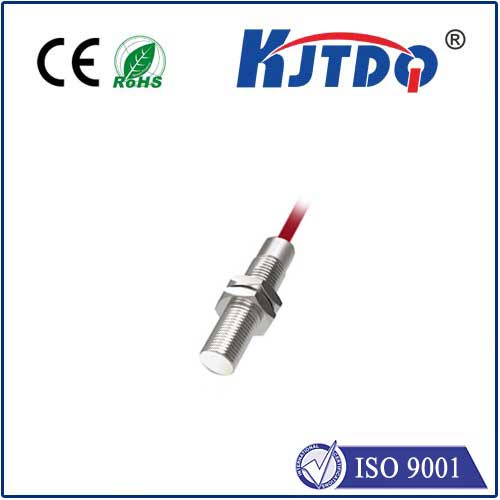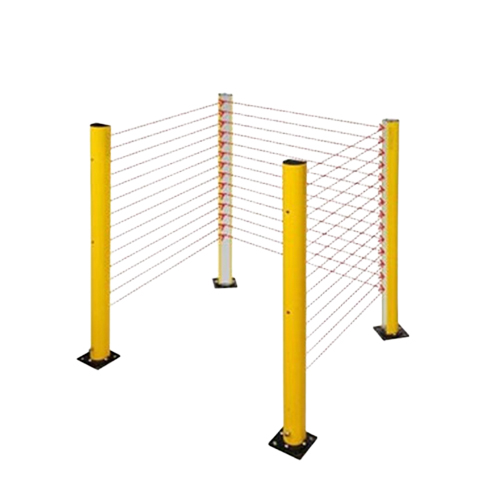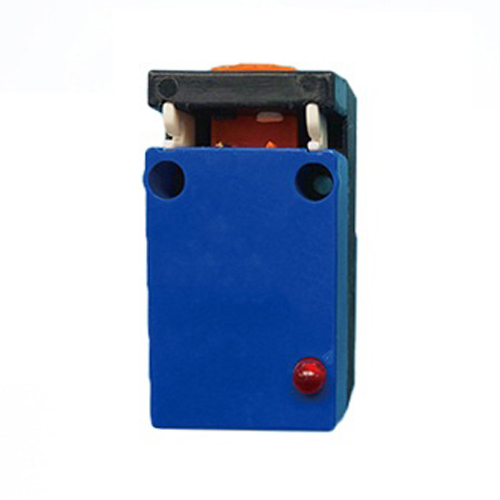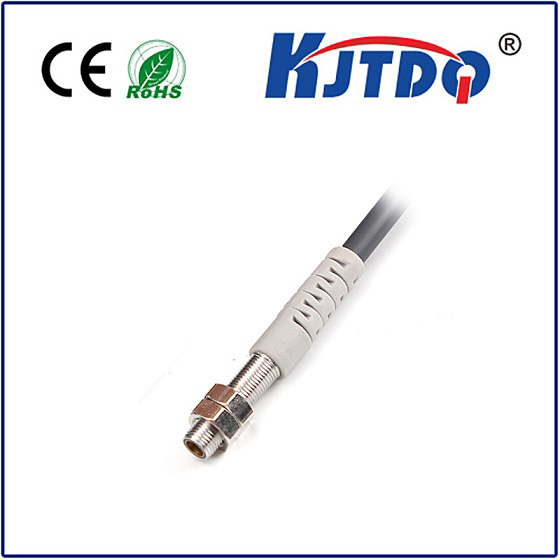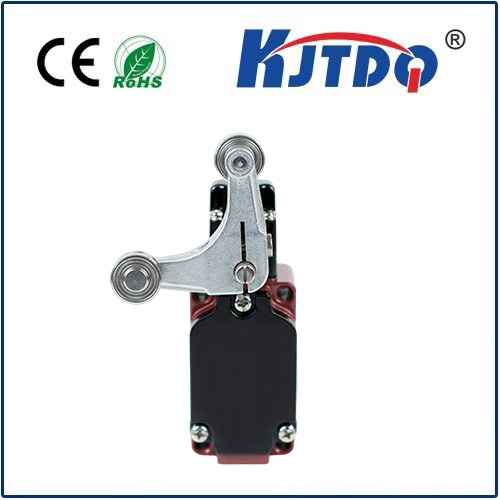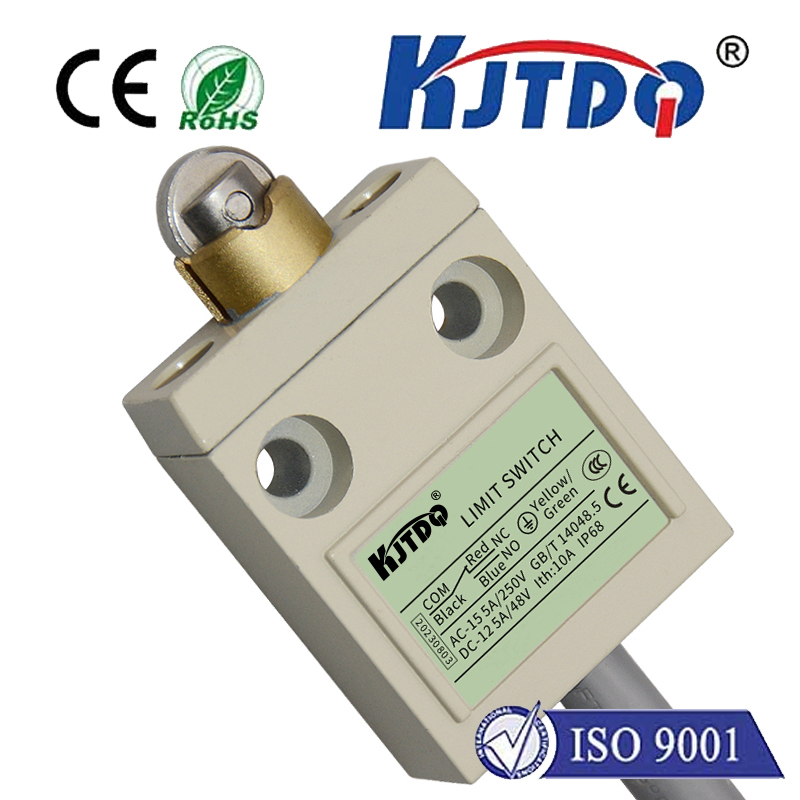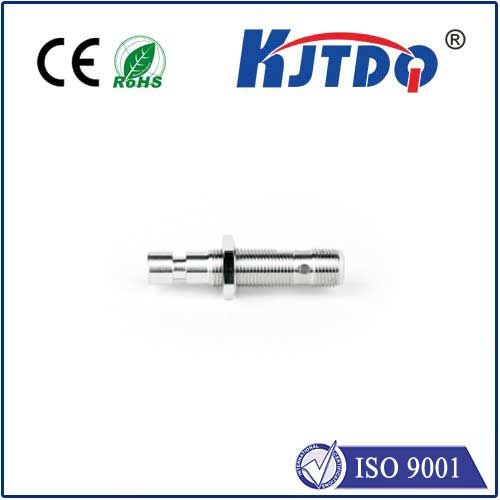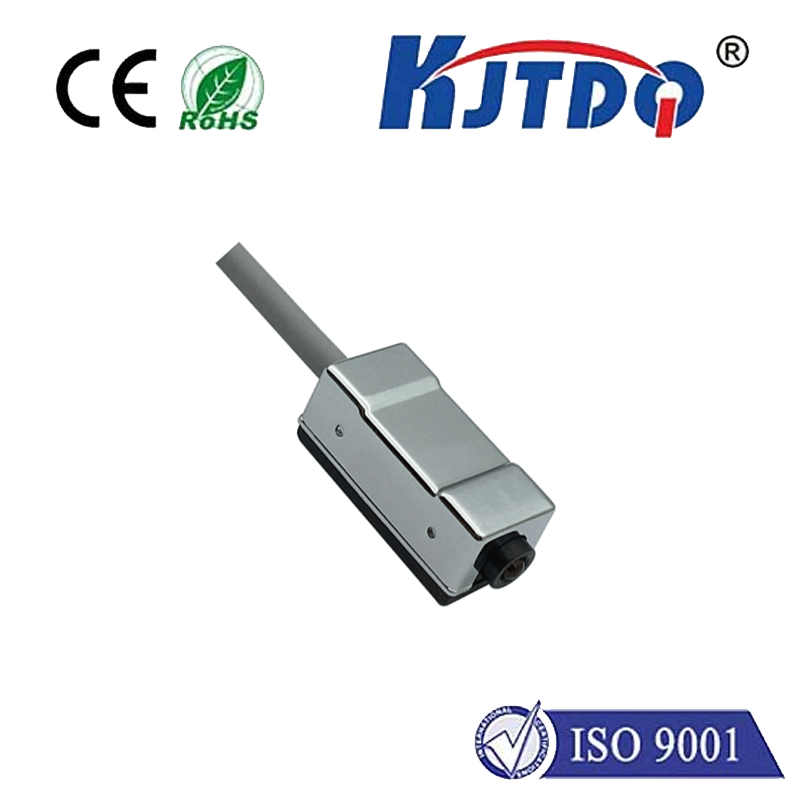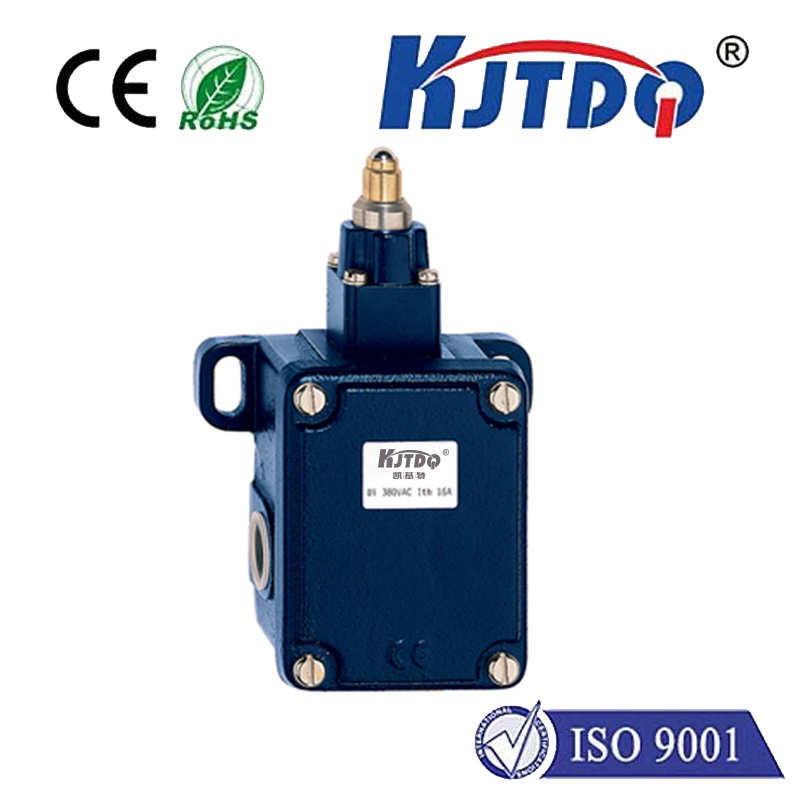BES01WF high pressure proximity sensor
- time:2025-09-30 15:35:24
- Click:0
BES01WF High Pressure Proximity Sensor: Delivering Reliable Detection in Demanding Industrial Environments
Imagine a hydraulic press shaping thick steel, a compressor generating immense force deep underground, or high-pressure fluid racing through pipelines. In these critical, high-stakes environments, traditional sensors often falter. Pressure fluctuations, intense vibrations, and harsh contaminants create a relentless challenge for monitoring systems. This is precisely where the specialized prowess of sensors like the BES01WF high pressure proximity sensor becomes indispensable. Engineered to excel where others fail, these robust devices provide the essential, non-contact detection vital for safety, efficiency, and process control under extreme conditions.
Understanding the Core Technology: Inductive Sensing Under Pressure
At its heart, the BES01WF operates on the principle of inductive proximity sensing. It generates a high-frequency electromagnetic field from its active face. When a metallic target object enters this field, eddy currents are induced within the target. This interaction causes a measurable change in the sensor’s internal oscillation amplitude. Sophisticated electronics within the sensor detect this change and trigger a solid-state switching output (typically PNP or NPN, depending on specification), signaling the target’s presence – all achieved without any physical contact.
What truly distinguishes the BES01WF as a high pressure proximity sensor is its exceptional resilience. Standard inductive sensors might function adequately at normal atmospheric pressure, but they are not designed to withstand the sustained mechanical stress, potential fluid ingress, or extreme pressure differentials found in applications like:

- Hydraulic Power Units & Cylinders: Monitoring piston position within high-pressure hydraulic cylinders.
- Compressors & Pumps: Detecting shaft rotation, valve position, or fluid levels in systems generating significant internal pressure.
- Injection Molding Machines: Sensing mold closure or ejector pin position amidst high clamping forces.
- Presses & Stamping: Verifying die position or material feed under tons of pressure.
- High-Pressure Test Rigs & Vessels: Ensuring component positioning or safety interlocks within pressurized environments.
- Subsea & Offshore Equipment: Functioning reliably at depth where ambient water pressure is extreme.
Key Engineering Features for High-Pressure Survival
To perform reliably in these demanding scenarios, the BES01WF high pressure proximity sensor incorporates several critical design elements far beyond standard sensors:
- Robust, Pressure-Tolerant Housing: Constructed from high-grade stainless steel (like V4A / 316L), the housing provides exceptional corrosion resistance and immense mechanical strength. It’s designed not to deform or allow pressure ingress that could damage internal components.
- Advanced Sealing Technology: Enhanced sealing systems, often involving specialized O-rings (e.g., FKM/Viton) and hermetic sealing techniques, are crucial. This prevents high-pressure fluids, gases, oils, or coolants from penetrating the sensor cavity, even under sustained pressure cycles. This also contributes significantly to exceptional ingress protection ratings (IP67, IP68, IP69K).
- Optimized Internal Construction: Internal components, including the ferrite core and coil assembly, are meticulously secured and potentially potted using resilient compounds. This prevents movement or damage caused by pressure-induced stresses or intense vibrations common in heavy machinery.
- Precision Machining: Tolerances are extremely tight to ensure the housing integrity and seal effectiveness remain uncompromised under high loads.
- High-Pressure Rating: Crucially, the sensor will have a specified maximum operating pressure rating (e.g., 250 bar, 500 bar, or higher), clearly defining its safe operational limits within pressurized systems. Exceeding this rating risks catastrophic failure.
Beyond Pressure: Functionality and Safety Benefits
The advantages of deploying a sensor specifically engineered like the BES01WF for high-pressure zones extend far beyond merely surviving the environment:
- Unwavering Reliability: Provides consistent, repeatable detection even amidst pressure spikes, shocks, and vibrations that would disable lesser sensors, minimizing unplanned downtime.
- Enhanced Safety: Plays a vital role in critical safety interlocks and position verification within high-pressure equipment. Reliable detection prevents unsafe operating conditions, such as operating a press without the die fully closed or activating a system under unsafe pressure.
- Non-Contact Operation: Eliminates wear and tear associated with mechanical switches, leading to vastly extended service life and reduced maintenance costs. There’s no physical contact to degrade over time.
- Fast Response Times: Inductive sensors react extremely quickly to target presence, enabling precise control over high-speed processes like injection molding cycles or stamping operations.
- Contaminant Immunity: Resistant to dust, oil, water, and other common industrial contaminants, ensuring signal integrity isn’t compromised.
- Simplified Installation & Maintenance: Typically featuring robust M12, M18, or M30 threaded barrels, they are easy to install securely into high-pressure ports or housings. Their durability translates to minimal maintenance needs.
Choosing and Integrating the BES01WF Effectively
Selecting the right BES01WF high pressure proximity sensor involves careful consideration:
- Pressure Rating: This is paramount. Ensure the sensor’s maximum operating pressure comfortably exceeds the highest expected pressure in the application, including potential surges. Factor in static and dynamic pressures.
- Media Compatibility: Verify the housing material and seals are compatible with the fluids or gases present (hydraulic oil, water-glycol, compressed air, specific chemicals). Chemical resistance is often critical.
- Temperature Range: Ensure the sensor operates reliably within the ambient and process temperature extremes of the application.
- Electrical Specifications: Match the required sensing distance, output type (PNP/NPN, NO/NC), voltage supply, and connection type (cable or connector) to the control system.
- Environmental Factors: Consider IP rating needs for water/dust ingress and resistance to shock/vibration.
Proper installation is equally vital. Follow manufacturer guidelines meticulously regarding tightening torque to ensure seal integrity without damaging the housing. Ensure the target material (ferrous/non-ferrous) and size are suitable for the sensor’s specified detection range. Correct electrical wiring and grounding prevent noise interference and ensure signal accuracy.
The Indispensable Role in Modern Industry
In the relentless drive for industrial efficiency, safety, and automation, components must perform flawlessly under increasingly harsh conditions. Sensors monitoring critical positions within hydraulic systems, pneumatic circuits, compressors, and presses face extraordinary demands. The BES01WF high pressure proximity sensor embodies a specialized solution engineered to meet this challenge head-on. Its robust construction, advanced sealing, and proven inductive technology deliver the reliable, non-contact detection essential for optimizing processes, preventing costly downtime, and, most importantly, ensuring operator and equipment safety in the unforgiving realm of high pressure. By understanding its capabilities and selecting/configuring it correctly, engineers can leverage this key component to build more resilient, efficient, and safer high-pressure industrial systems. Proactive maintenance, enabled by such reliable sensing, becomes a reality rather than an aspiration.






